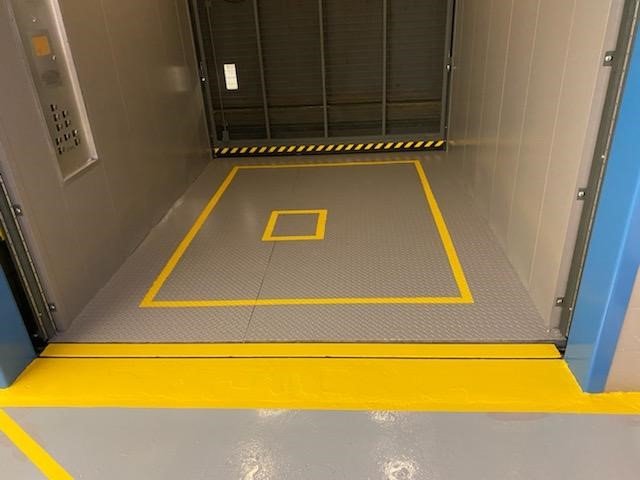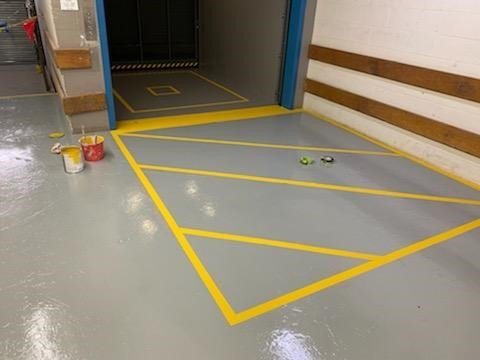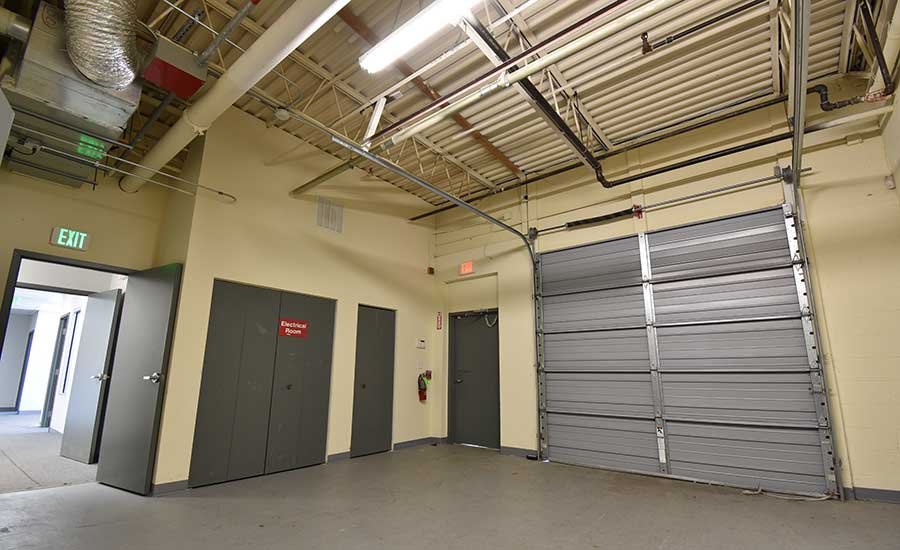Painting Warehouse Space
A lean, efficient warehouse keeps businesses running efficiently, therefore, warehouse organization can make or break a business’s bottom line. Painting is a huge part of effective warehouse design. Painting the interior of any warehouse space can be a major project but it doesn’t have to be disruptive. Knowing when it’s time to paint and preparing the site properly will provide the best results for you, your employees, and your customers.
When To Repaint Warehouse Space
Paint is fading or peeling - No matter how high quality your interior and exterior paint is, it will eventually fade away when exposed to sunlight, moisture, and walking traffic. When you notice it fading, it’s time to repaint.
Floor and wall markings start to deteriorate - It’s important for paint markings on the floor and walls to be highly visible at all times. Floor markings in warehouses are also used to alert people of potential hazards and mark safe paths. Refreshing the paint will keep employees and customers safe and meet OSHA requirements.
Visible Water Stains or Mold
Leaks and water buildup can lead to paint decay and mold growth. Be mindful of any condensation or moisture stains, however small or benign they seem. Periodically checking for signs of water damage can help prevent paint decay. If you do find paint damaged by water or mold then it’s time to repaint. You would also want to investigate the source and repair any leaks to prevent damage from continuing.
Rusting or Corroding Metal Surfaces
Water and humidity can also cause rusting and corrosion on metal surfaces. When you see any rusting or corrosion, it’s time to get those surfaces restored. Proper preparation and painting will help to keep your warehouse space clean and efficient.
Preparation & Painting Tips
1) Inform Your Staff - Painting professionals will do all that they can to minimize disruptions. But if the project is going to interfere with production in any way, inform your staff in advance. That way, they will have the chance to complete or reschedule certain tasks.
2) Fix Structural Problems First - If there are structural damages, rotting drywall, or major mold issues, you might need to address those issues prior to warehouse painting.
3) The Type Of Paint You Use Will Depend On The Type of Walls You Have - The wall coating system used depends greatly upon the substrate being painted and the use or conditions in the immediate area of the walls. The most commonly used coatings in commercial buildings and warehouses are semi-gloss or gloss white paints, either in an alkyd or latex resin.
4) When To Consider Epoxy Paint - Epoxy paints can be used for a more durable and chemically resistant system, but the cost is higher. Keep in mind also that epoxy paints will yellow with age. If frequent pressure washing of your walls to keep them clean is planned, using an epoxy paint finish is a good idea since it will be the most likely of all the coating options to withstand the stress of pressure washing or chemical cleaning.
5) Primer & Preparation is Key To A Long Lasting Job - On bare unpainted wall surfaces, using the appropriate primer is important. On commercial cinder/concrete block walls, it’s critical to prime fill all the pores in the block to ensure the finish paint is free of pinholes and other small cavities that would allow bacteria to grow. This is accomplished by using a block filler primer that has a high viscosity and allows the applicator to cover over the porous surface of the block. Mildew and mold-resistant coatings are also available and can be used for added protection.
When you are ready to refresh your warehouse space consider hiring Cobb Brothers Company. We’ve been helping customers, just like you, for over 35 years tackle all types of commercial painting and carpentry needs. Contact us today at 508-655-7910 and we’d be happy to come out and take a look at your warehouse project. You will be glad you did.





